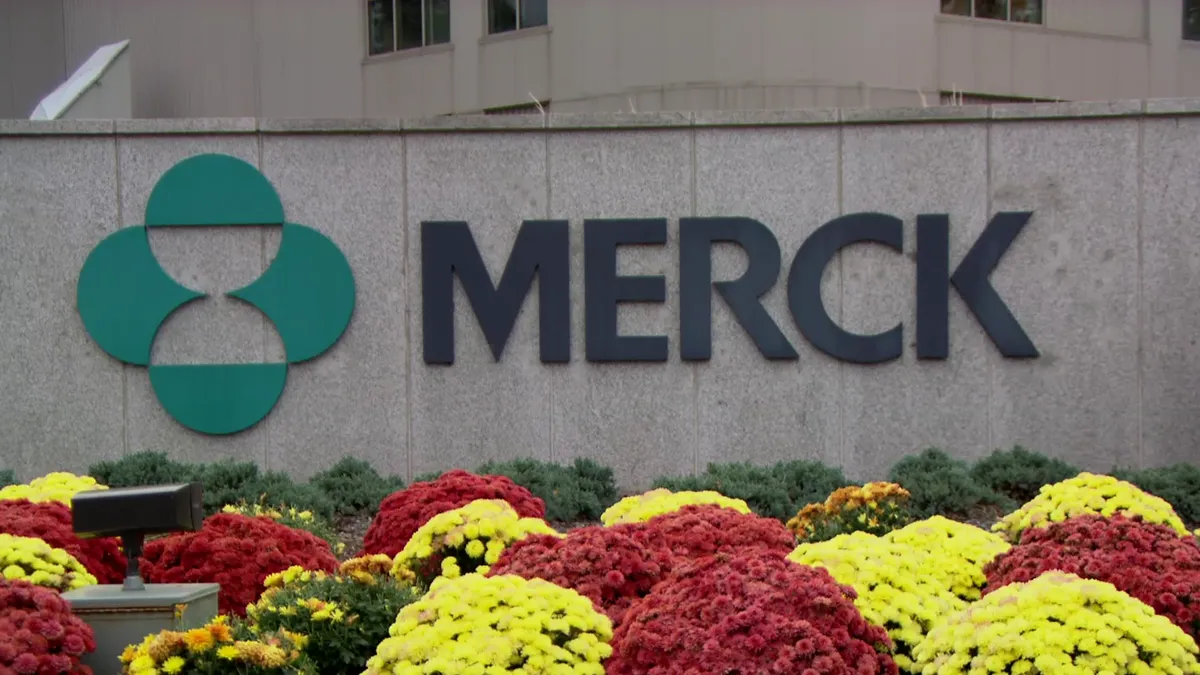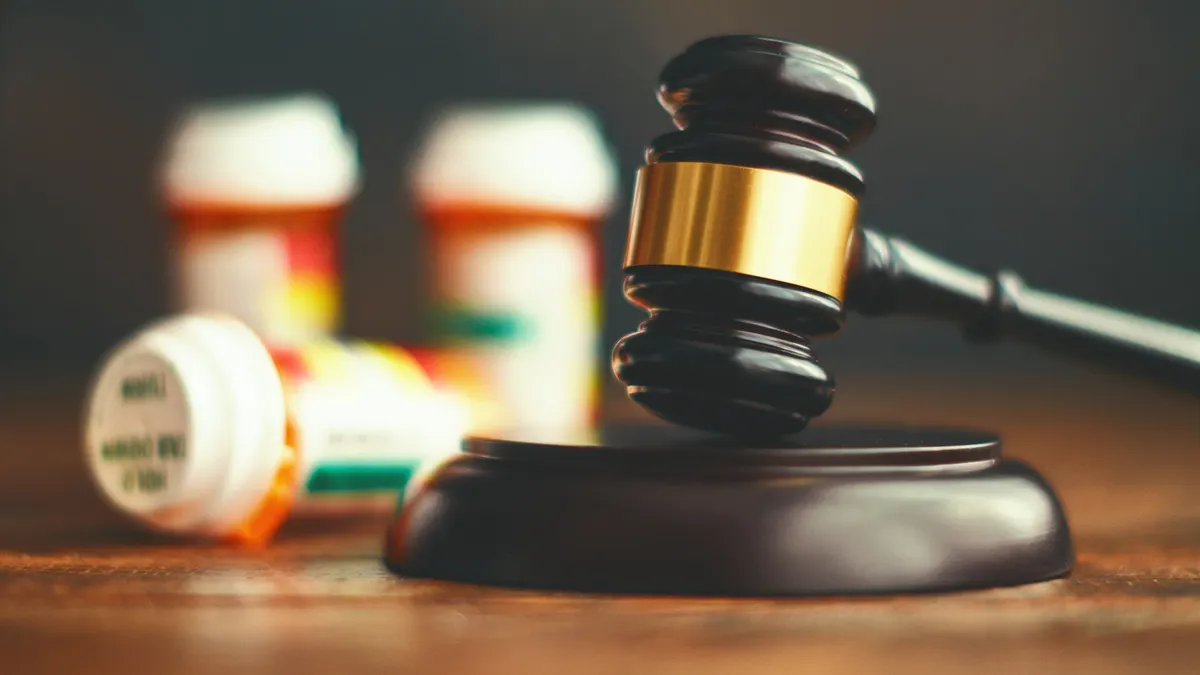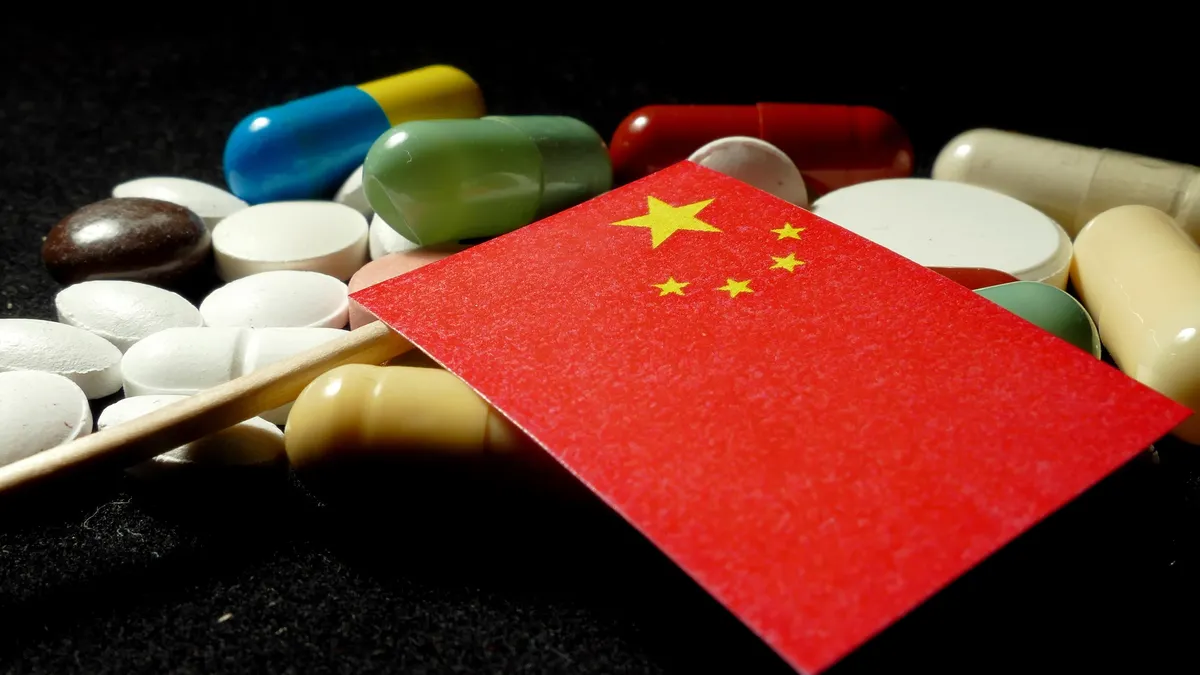New FDA?Guidelines Gateway to Social Interaction With the final ruling approaching next month, experts outline what has changed and what hasn’t under the new FDA draft guidelines.
As the industry settles into a wary comfort zone with the draft guidelines around social media issued in January, we review the changes and look to what lies ahead in terms of risk and opportunities for pharma’s engagement in social media.
One of the most notable changes is that the FDA makes it clear that drug companies are not responsible for random user-generated content, but they can be held responsible for their response to such content. If a person with no connection to a drug maker mentions a drug by name on its Facebook page or other social media outlet, the drug company is not liable.
However, if a company clicks the like button on such a post, or provides a comment, it must adhere to FDA guidelines when doing so, or be in violation.
For example, in its warning letter to AMARC Enterprises, issued in December 2012, the FDA indicated that the simple act of “liking" a comment on Facebook could be considered an endorsement of a comment or claim made by a user, says Sean Nicholson, senior director of social media strategy, at Intouch Solutions.
Testimonials that potentially expand the indication of an approved drug would be particularly troublesome, if the company liked, shared, or responded positively to the comment.
“While the draft guidance does provide the industry with verification that they won’t be held accountable for user-generated content, I think it’s fair to assume that the FDA will still be holding pharma companies accountable for their responses to those comments, even if they are as benign as a like, share, or retweet," Mr. Nicholson says.
If a pharma company has some sort of relationship, influence, or control over the person who posted the comments, under the guidelines, it is responsible, and should ensure that risk and safety information is present for such posts.
According to Kim Radefeld, senior director, healthcare solutions at Telerx, user-generated content has been one of the most widely expressed concerns by pharmaceutical companies but equally concerning or even more concerning for some was the fear of the unknown — what was allowed, what was restricted, and what expectations were placed on pharmaceutical companies. Even though with the new guidelines social media is less troubling, there is still risk.
“There are some areas in which pharmaceutical companies must still be extra diligent — such as pharmacovigilance," Ms. Radefeld says. “Pharmaceutical companies should ensure that the teams monitoring and managing their social media platforms are well-versed in regulatory requirements and can identify adverse events and product quality complaints."
Despite the desire by marketers to create engaging customer interactions, the industry overall has been concerned about bi-directional communication within the digital communication channel, including user-generated content, says Karla Anderson, partner within PwC’s advisory pharmaceutical and life sciences practice.
The indefinitely enduring nature of the digital content also presents some risk and results in a level of caution within the industry’s initiatives, she adds. The anonymous nature of user-generated content introduces both a risk and a loss of control for manufacturers since the content may lack context and the relevance of the content contributor is not transparent.
“Manufacturers want to leverage the high value the digital channel represents in terms of providing a broad reach to customers and being an affordable customer interaction mechanism," Ms. Anderson says. “However, the challenge is to create content that is sufficiently engaging to create a positive customer experience while giving the manufacturer insight into customers’ preferences and behaviors without introducing the opportunity for customers to contribute negative content."
In particular, pharma manufacturers need to be cautious when leveraging bi-directional communication strategies that may have worked well in other industries since the regulatory restrictions may turn an otherwise effective interaction into a negative perception that cannot be adequately addressed.
“Manufacturers are in the difficult position of being limited in their ability to contribute to the conversation in a meaningful way, including correcting inaccuracies that may be created by user-generated content, as a result of the industry’s regulated speech restrictions," she says.
Whether or not to engage via social networks is a decision that each pharmaceutical company is going to have to make based on the unique needs of its target community and the value its products, services, and content offer, Mr. Nicholson says. The first step is conducting a thorough analysis of the online activities of the target disease-state community. Through that analysis, each company can develop an understanding of the specific wants and needs of the community and identify any potential gaps that exist that they might fulfill through content or tools. The company should make the decision to engage only if doing so will provide value to the members of the community and only if it makes business sense for the pharmaceutical company, he says.
Many pharma manufacturers have developed general guidance for their organization specific to the use of social media for both internal and external use including for promotional purposes. “The decision to use social media is most frequently made at the brand level versus the overall organizational level as part of the brand’s strategic communication and promotional messaging plan," Ms. Anderson says.
“The determination as to whether social media is warranted is based on a variety of factors, including the target customer profile, the nature of the disease or condition, and the type of messaging being communicated."
Social Media Risks and Mitigations
While the guidelines may encourage more adoption of social media strategies by pharmaceutical companies, the industry still needs to proceed with caution, says Patrick Homer, principal, life sciences sales and marketing practice, SAS.
“The FDA has given us some well-established principles for how to participate in social media but there still needs to be an element of caution, especially around the draft principle No. 2, which states that under certain circumstance the firm may be responsible for third-party sites," he says. “The concern lies in the subjectivity of what can be deemed or defined as influence and control of third-party sites. We need greater clarification on what the guidelines mean on influence and control. This could be very subjective and open to wide interpretation on any social media site."
“The FDA has given us some guardrails to work within, and they are relevant because it appears the agency took a good hard look at how people are using social media," says Malcolm Bohm, president and CEO, Liquid Grids. “The FDA addresses three critical issues. The first one is acknowledging that interactive media is not always under our control; the second is that it says it’s okay to participate under certain circumstances; and third if there is influence in terms of value being handed off to a third party, then it must be disclosed in a clear and concise manner."
While the guidelines may ease the industry’s mind in terms of participation, in no way should it misconstrue that social media is now the place for branded advertising, he adds.
“I don’t believe that social media is the place for branded marketing," Mr. Bohm says. “Disease awareness and education are the safest and most appropriate ways to participate in social media."
FDA guidelines aside, Google, Facebook, YouTube, and Twitter also have very strict guidelines about branded advertising for the pharma industry. Pharma is not allowed to advertise a branded pharma product on Facebook — a drugmaker can have a branded page, but it cannot advertise there, Mr. Bohm says. Twitter will not accept advertising from products that have black-box warnings, and branded campaigns for other products are extremely restricted. Pharma must submit sponsored content to Twitter for review before publishing.
“Branded advertising via social media is a lot more rigorous than people realize," he says. That does not leave branded messaging totally out of the social media loop, however. Mr. Bohm says links to branded messaging from unbranded sources is a step that can be made.
“The FDA is saying it’s okay to participate in social media, but be very careful because we are watching," he adds.
Unbranded disease campaigns should contain credible, compliant information that is going to be useful to patients, and it is advisable to reveal the sponsorship behind them.
“Unbranded messaging is not about complete anonymity, but about trying to empower patients with the right information that is relevant to them so they can have an interaction with their healthcare practitioner about that issue," Mr. Bohm says.
One of the critical elements in mitigating risks up front is a planning process that considers a wide range of possible engagement scenarios and the potential outcomes of those scenarios.
From those activities, companies can develop workflows and legal/regulatory-approved responses that address the various scenarios, Mr. Nicholson says. There also has to be a commitment from the various resources within the company to be available to address questions or comments that don’t fit exactly within the workflow.
“There is a human element to social media communication that often requires personal responses, and pharma companies need to resist the temptation to simply automate their responses," he says. “The key to success in social media is understanding what the community needs, offering value to the community, and contributing to the conversation with responses that are as human as possible."
While some pharma companies ventured into social media before the draft guidelines were even proposed, those that were waiting for the rules will now have to evolve their marketing practices to be more interactive.
“Historically, pharma was about shout marketing, mass advertising campaigns, and pushing the perspective associated with their brands out through all marketing channels," Mr. Homer says. “But when we move into the social media world, we need to use a more influencer marketing philosophy and really understand how the social media channel works."
Industry pioneers in the space have found that forming cross-functional teams can help mitigate risk and speed up the response time to social media issues.
“The risk from greater participation in social media can be reduced by developing a strategy that gets all stakeholders — brand, legal, regulatory, and others — together as part of a social media team to think creatively across all divisions on how to make it work," Mr. Homer says.
Ms. Anderson of PwC agrees that one of the most important elements in making social media effective as part of an overall promotional plan is to review the strategy and implementation with a cross-functional team within the organization.
“There are multiple elements of social media that can introduce risk for a pharma manufacturer," she says. “By leveraging a cross-functional team within the pharma organization, there is a much higher probability of mitigating risk from a regulatory, privacy, legal, compliance, and public relations perspective."
Understanding and leveraging the established guidance of the organization specific to social media will actually speed up the internal approval process, Ms. Anderson adds. The other element of risk to be managed is ensuring that the social media initiative brings value back to the business.
“The ability to manage this risk is linked to setting expectations within the team as to the expected value of the social media interaction from the initial planning process and to have a detailed plan as to how the social media initiative will be implemented," Ms. Anderson says.
Ms. Radefeld believes there is more risk in not participating in social media than in participating. “Consumers in general choose to live many aspects of their lives on social media and have become very comfortable interacting with brands on those platforms, so why not communicate with them where they already are," she says. “In the simplest terms: we should do business the way our consumers prefer to do business, if not, we’ll simply fall behind."
“By leveraging a cross-functional team within pharma organizations, there is a much higher probability of mitigating risk." Karla anderson / PwC
“The FDA has given us some well-established principles for how to participate in social media but there still needs to be an element of caution." Patrick homer / SAS
“We should do business the way our consumers prefer to do business, or we will simply fall behind." kim radefeld / Telerx
FDA Violations on Social Media Earlier this year, the FDA issued an Untitled Letter to Institut Biochimique SA and Akrimax Pharmaceuticals because the companies failed to communicate risk information and omitted material facts for Tirosint, a hypothyroidism drug with a boxed warning, on its branded Facebook page.
The Tirosint Facebook page included the product name and a shortened statement of the product indication, without including any risk information. The page has since been taken down, but the FDA provided screenshots showing the violation.
Other warnings issued include:
» In February 2013 a Warning Letter was sent to AMARC Enterprises for “liking" a user-generated unapproved claim on its Facebook page.
» In July 2010, the FDA issued an untitled letter to Novartis in reference to a “Facebook Share" tool on the branded Tasigna product website. The agency had concerns that risk info was not included when users shared information via the widget out to platforms such as Facebook.
» In 2008, Shire received a warning from the FDA for a celebrity endorsement video on YouTube boasting excessive product claims. Source: Intouch Solutions. For more information, visit intouchsol.com.
QUOTES:
“Disease awareness and education are the safest and most appropriate ways to participate in social media." Malcolm Bohm/LiquidGrids
“Pharma companies need to be aware of the potential impact that a response to user-generated content might have." Sean Nicholson/Intouch Solutions
Summary of FDA Draft Guidelines
» Companies are responsible for product promotion on sites that are owned, controlled, created, influenced, or operated by, or on behalf of, that company. Such product promotion may include company-sponsored microblogs (Twitter), social networking sites (Facebook), and a company’s blogs.
» Under certain circumstances, companies are responsible for promotion on third-party sites. Companies are responsible for such promotion if they have any control or influence on the third-party site, even if that influence is limited in scope.
» Companies are responsible for the content generated by an agent or employee who is acting on behalf of the firm to promote the firm’s product.
» Companies are not responsible if they merely provide promotional materials to a third-party site, but do not direct the placement of the promotion within the site and have no other control or influence on that site. The company would only be responsible for submitting to FDA promotional content that was disseminated on that site.
Source: Policy and Medicine. For more information, visit policymed.com, or fda.gov/downloads/Drugs/GuidanceComplianceRegulatoryInformation/Guidances/UCM381352.pdf
















